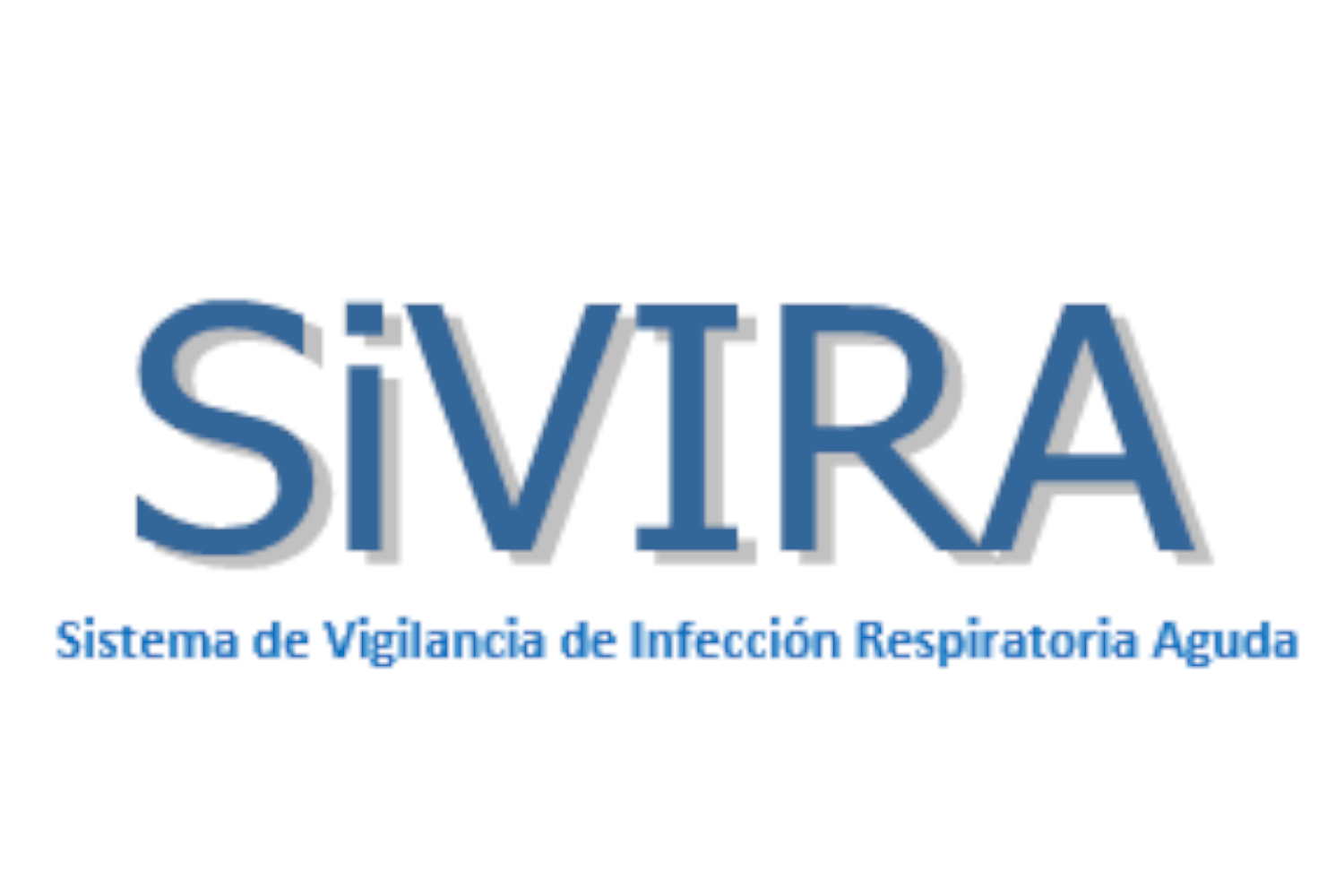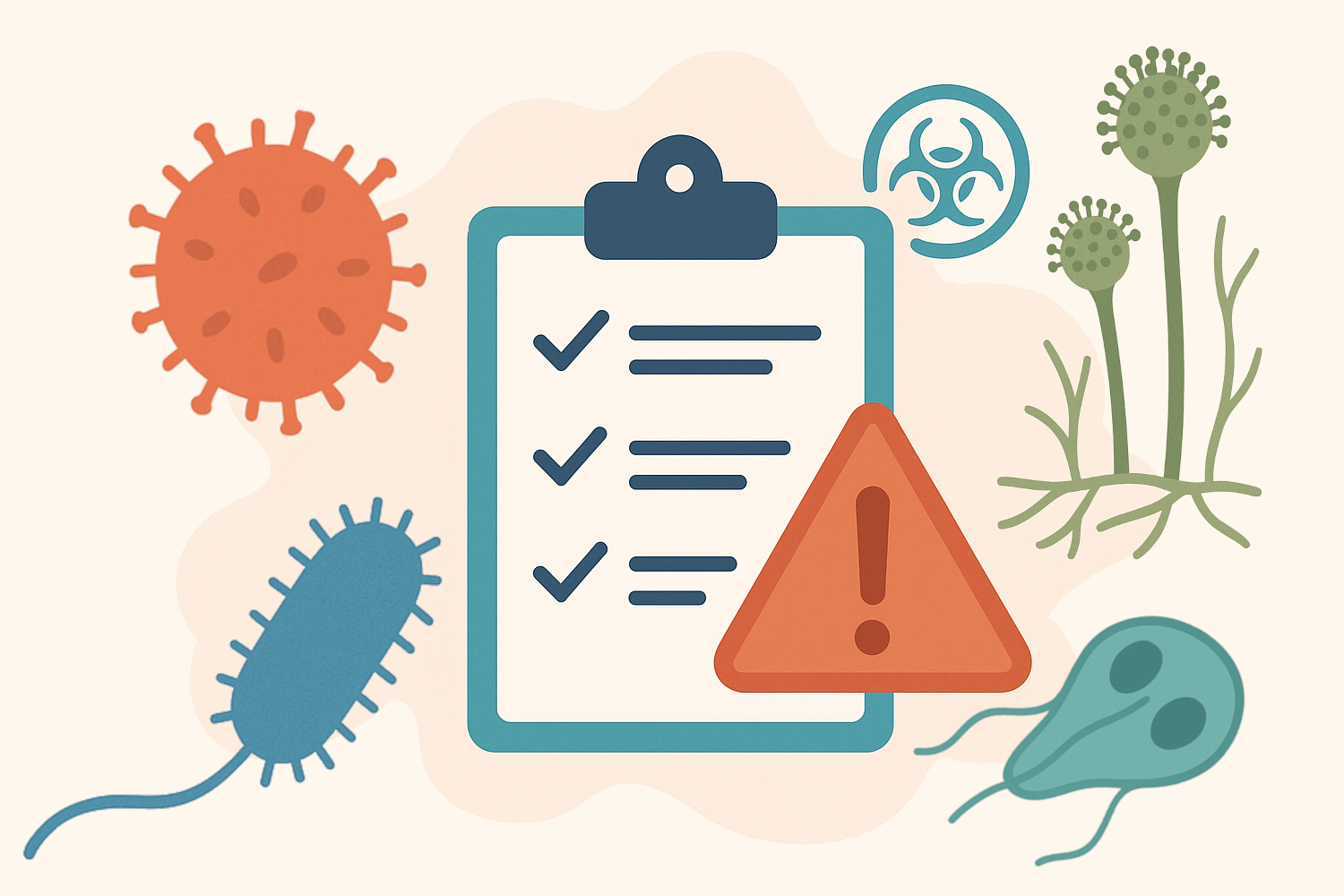This section includes dashboards and reports related Influenza.
Background
Influenza viruses are major human respiratory pathogens responsible for seasonal epidemics and occasional pandemics, causing significant morbidity, mortality, and healthcare burden worldwide.
There are four types of influenza viruses (A, B, C, and D), but types A and B are the most relevant for human disease. Influenza A viruses are further classified by hemagglutinin (HA) and neuraminidase (NA) surface proteins (e.g., H1N1, H3N2), and are responsible for most severe outbreaks.
Because influenza viruses undergo constant genetic changes through antigenic drift and, occasionally, antigenic shift, genomic surveillance is crucial to:
- Monitor circulating subtypes and clades
- Detect emerging variants with pandemic potential
- Inform vaccine strain selection
- Identify mutations linked to antiviral resistance
Dashboards (2)
National Laboratory Network for SARS-CoV-2 Genomic Sequencing
Acute Respiratory Infection Surveillance System
Highlights (1)
May 28, 2025
Priority Pathogens List developped in the context of the PDN project.


